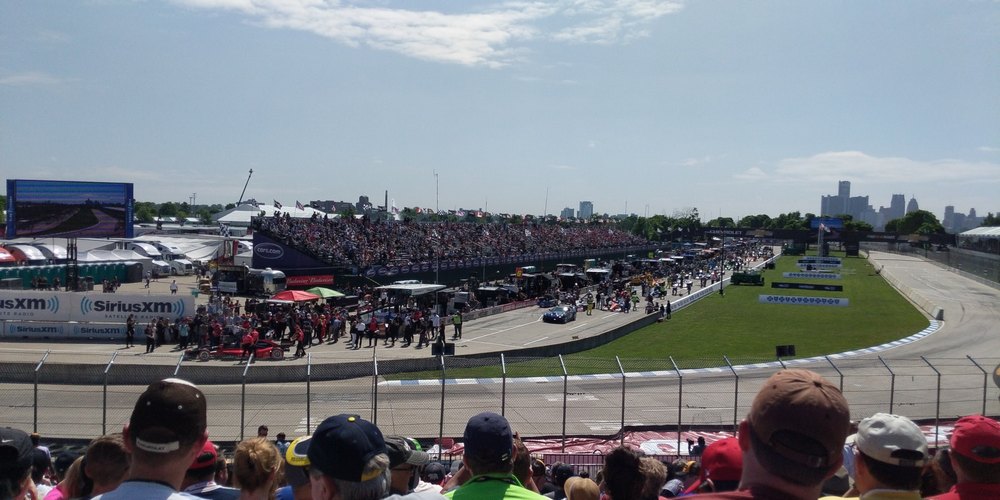The history of U.S. auto tracks developed along a different path. Over the ocean, the long “European” straights didn’t take root right away. No one wanted to see lines of cars stretched along a 14-kilometer road among the rural plains, scaring the chickens. Americans wanted spectacle, power, and a demonstration of superiority. Indianapolis in the early 20th century was considered the capital of America’s automobile industry. And it was here in 1908 that a consortium of automakers, together with the American Automobile Association AAA, decided to create a giant 2.5-mile long oval proving ground to test sports cars. Very quickly the testing grew into a full-fledged competition, and Indianapolis Motor Speedway launched America’s most legendary race, the Indianapolis 500 Mile.
“The Indy 500 was first held in 1908. Then, on May 30, Memorial Day, the command “Gentlemen! Start your engines!” which has been uttered as a motto and homage before every race ever since. In the 500-mile races, competitors must complete 200 laps (500 miles or 804 kilometers). In 1908, race winner Ray Harroun drove a Marmon Model 32 and covered the distance in 6 hours 42 minutes and 8 seconds. One hundred years later, on May 30, 2008, Englishman Dan Weldon in a Dallara / Honda sports car spent 2 hours. 56. minutes and 11 seconds.
The track was originally unpaved, but very quickly it was covered with special red tiles, which earned it the nickname “Old Brickyard” Brickyard. Now the track has a concrete surface, but at the start and at the finish there are fragments of the old “Brickyard,” which is revered. Tradition is important to America. Over the past century, the track has grown. Now it can hold up to 400,000 spectators, making the Indianapolis oval the largest race track in the world.






